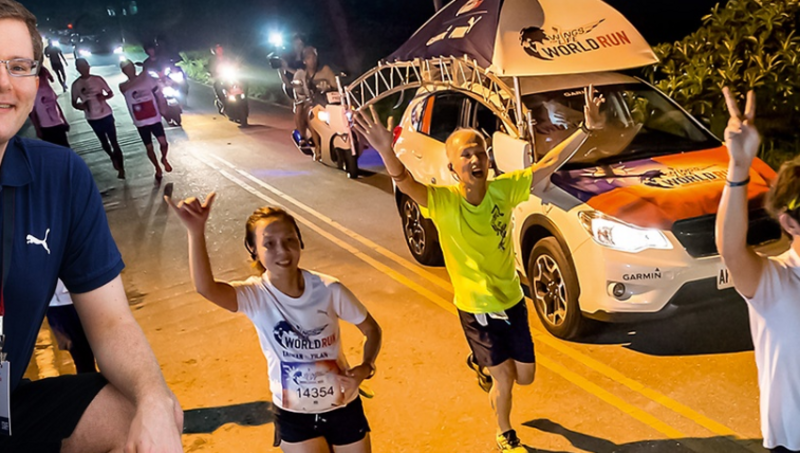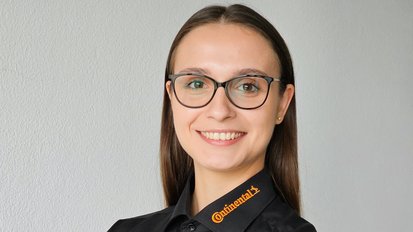Incredible Atmosphere at the Wings for Life World Run in Taiwan
My name is Nicolas Diehl, I’m a trainee automotive software engineer in the second year of my program at Continental in Babenhausen and support the Wings for Life World Run in Taiwan, making sure that the timing system works smoothly.
The Wings for Life World Run is a global charity run that has been held annually since 2014 on the same day in many different places to support research on healing spinal cord injuries. The starting gun sounds at exactly the same time in every location. Each participant decides for themselves how long and how far they want to run – because a moving finish line, the “Catcher Car,” is following them along the course. It starts a half hour after the runners and increases its speed at defined intervals. When it passes a runner, their race is over. The last participant to be “caught” worldwide is declared the Global Champion. I was at the event this year for the third time and it was an amazing experience for me. The fusion of technology, international flair and a worthy cause never ceases to amaze me. I spent almost a week with the technical team for the run in Taiwan. For me it’s a chance to use the Chinese and IT skills I picked up in college. I really love doing it. Not just to support spinal cord research, but also to gain valuable experience that I can apply in my training program. In Taiwan we are part of a global team full of different languages and personalities, so we’re always having to adapt to new situation.
My job is to set up and look after the technical equipment on the Catcher Car. My team also equips three different stations along the course with antennas and internet connections for measuring runners’ times. The timing technology has to function seamlessly, because all data is transmitted immediately to the internet for processing. It is all very exciting, especially because you can see the results from other countries in real time. The Catcher Car is equipped with a laptop connected to an antenna for internet, GPS and a cluster of RFID readers (a transmitter-receiver system that uses radio waves for contact-free identification and tracking of objects). As the vehicle catches up to the approximately 4,500 runners in each race, the distance they have run is automatically registered using the RFID chips in their start numbers.
All registration fees and donations go toward finding a cure for spinal cord injury. In 2017, 155,288 runners from 189 nations took part in the run at 25 locations, raising € 6.8 million. The next Wings for Life World Run will be held on May 6, 2018 and I’ll definitely be there again next time! People of all ages and abilities participate, with their dogs or kids or in wheelchairs – the atmosphere is incredible.
This article was written by our employee.









